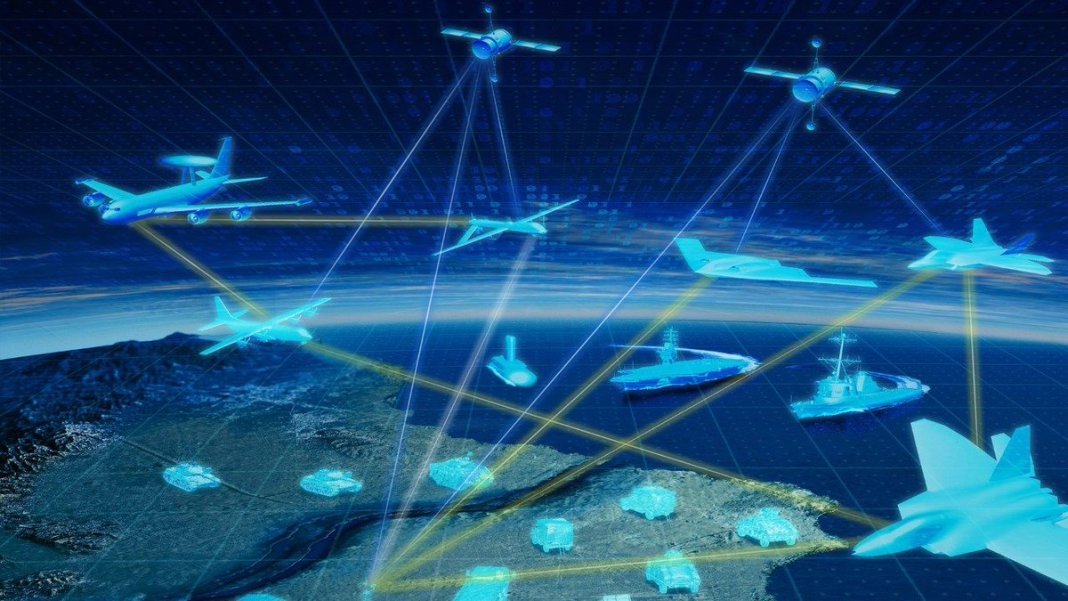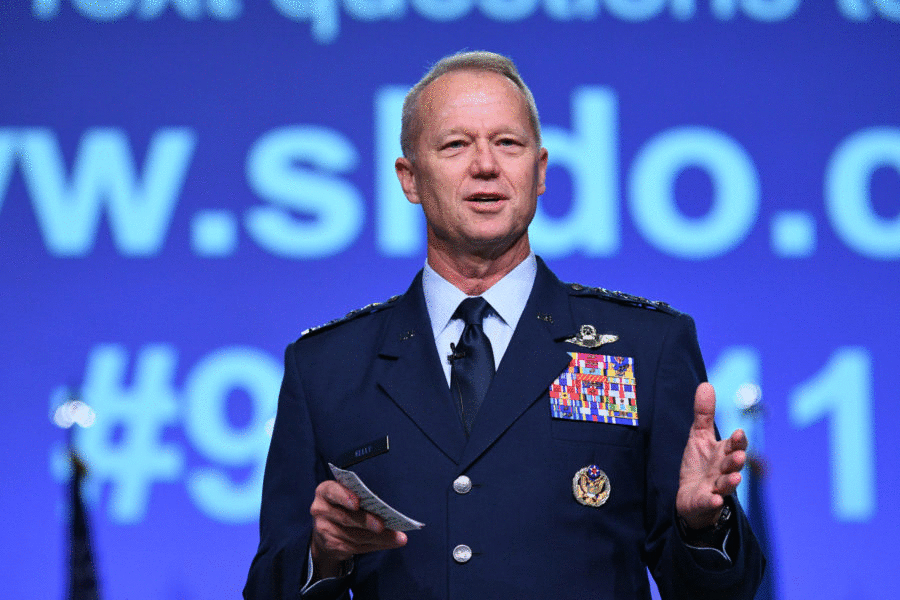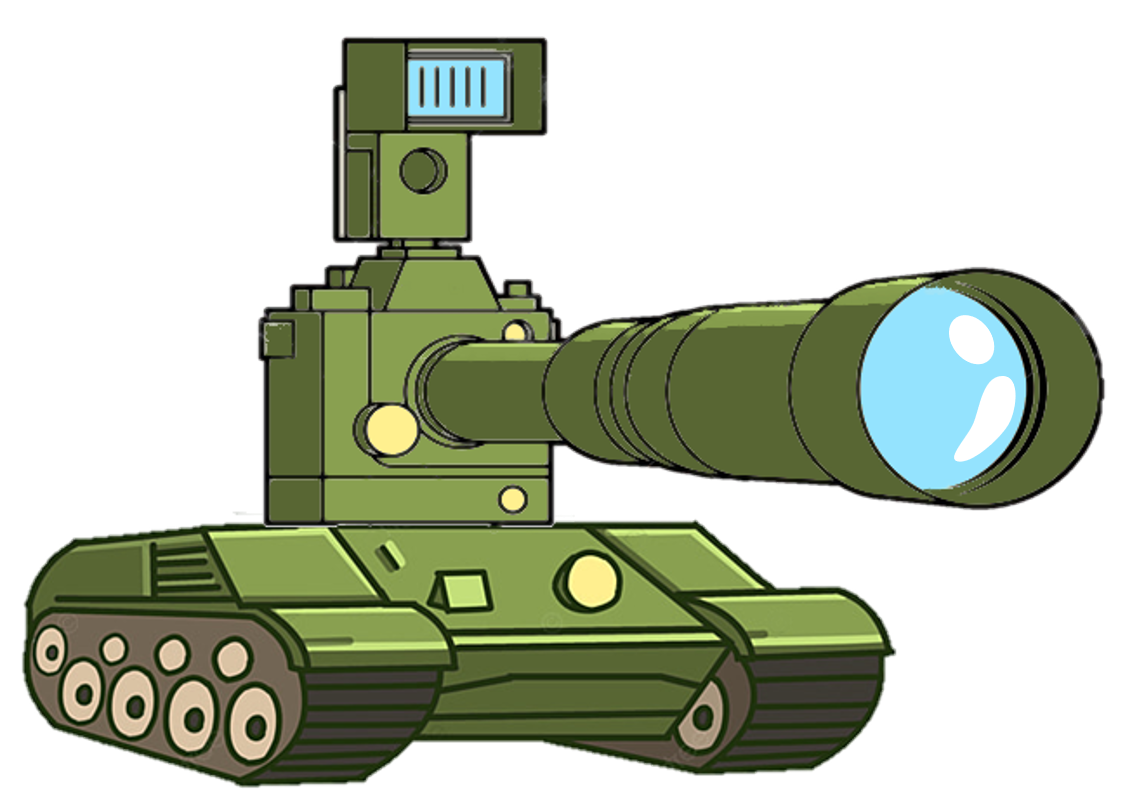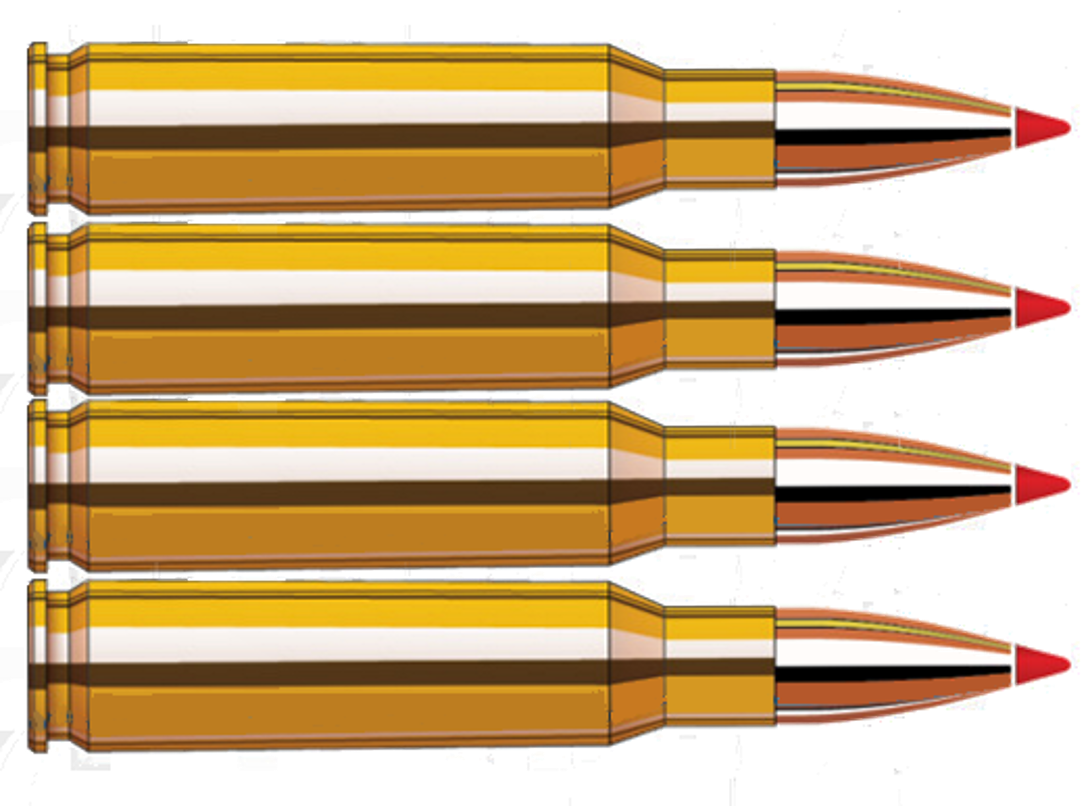Time is running out to improve your chances to win a game-used A-10 30mm gun shell. It’s like a game-used jersey, but way cooler.
The deadline to enter is this Friday, at which point some lucky winner will have a happy BRRRRRT day!
Admin complete, now let’s get to it. |
 |
After generations of neglect, command and control (C2) is having quite the renaissance in the DoD. We’re going to dissect this topic in bite-sized chunks over time, but before you go building a castle it's important you have a solid foundation.
Yes, this is a history lesson. And yes, you’ll enjoy it.
What
The US military defines C2 as “the exercise of authority and direction by a properly designated commander over assigned and attached forces in the accomplishment of the mission.”
It sounds simple, but beyond that, it gets fuzzy quickly with buzzword concepts and catchphrases that aren’t understood by most people. Here are the main ones you need to know:
The Air Force’s tenet of CC/DE (because it’s too long to keep typing) is less of a philosophy and more of a cultural policy. Its roots can be traced to World War II, where it went from concept to combat in only a few months. Here’s the shortest history lesson you’ll ever see about it: - September 1942: The British figure out the value of air superiority, how to integrate airpower, and crush Rommel’s panzer army with over 9,000 bombs during the Battle of Alam Halfa.
- January 1943: Leaders at the Casablanca Conference realize Europe and North Africa is a big place and agree to divide it up into separate theaters with designated commanders for each one.
- February 1943: The dumpster fire known as the Battle of Kasserine Pass reaffirmed to the US that the British were onto something. Turns out that a numerically superior force could get crushed if their airpower was assigned to each ground unit and relegated to the role of airborne artillery.
- July 1943: The US Army releases FM 100-20, The Command and Employment of Air Power, which stated airpower was now separate but equal to land power and would be centralized regionally per the Casablanca Conference.
CC/DE became such a cultural tenet (and go-to-catchphrase), but you can look at its origins and see that it was all about centralizing control of limited forces within a vast theater, deploying them in regions where they were most needed, and letting them execute the mission.
So What
We told you all of that to tell you this: After generations of doctrine that preached CC/DE, the US Air Force formally replaced that doctrine a few months ago with a new concept: centralized command, distributed control, and decentralized execution (CC/DC/DE).
The big change: Distributed control acknowledges the value in delegating planning and coordination activities to dispersed locations and subordinate echelons that keeps them agile enough to seize the initiative and maintain control if/when units become physically or electronically isolated from higher headquarters.
TLDR: The Air Force changed its 78-year old C2 doctrine and philosophy to embrace the nascent concept of Agile Combat Employment.
|
In That Number
$5
The number of B-21 Raiders in production, three more than previously known. Expect the first flight to occur next year. |
Trivia: On this day in 1983, Soviet lieutenant colonel Stanislav Petrov disobeyed orders and made history, though it be many years until everyone knew it. What did he do? |
Engineering researchers discovered yet another way to get GPS-like positioning, but there’s a twist. This new method leverages the transmissions from commercial mega-constellations like Starlink. But instead of having a terminal to decipher the signal, this method simply picks up the signal coming off each satellite (a signal-of-opportunity) and combines satellite location data into complex algorithms to provide accurate positioning to seven meters. Expect more breakthroughs like this as mega-constellations provide more signals-of-opportunity. OBTW, the same research team already used similar algorithms to detect and track high-altitude aircraft (with a five-meter accuracy) using cell phone tower signals. |
 |
They Said It
The annual Air Force Association’s Air, Space & Cyber Conference happened this week. Here’s all you need to know, summarized in quotes from Gen. Mark Kelly, Commander of Air Combat Command. You’re welcome.
“China’s military is designed to inflict more casualties in the first 30 hours of combat than we’ve endured over the last 30 years in the Middle East.”
“You don’t just wake up one day and find yourself in the ‘lose’ column.”
“If we lose the war in the electromagnetic spectrum, we lose the war in the air, and we lose it quickly.”
“Air superiority is a terrible place to receive a silver medal.”
“To be a resolute world power, the U.S. has to be able to penetrate highly contested sovereign airspace.”
“The fighter roadmap represents change. If you don’t like change, you’re really going to dislike ‘irrelevant.’ … If you don’t like irrelevant, you’re really not going to like defeat.”
“A threat, range, payload, weapons, spectrum, industry, capability, capacity challenge, that must be met with a range, payload, weapons, spectrum, industry, capability, capacity solution.”
The U.S. should consider regaining air superiority “with margin” as its top military priority, deserving of a “kind of Manhattan Project” focus, funding, and emphasis. |
 |
Alibi: Long-time readers know we purposely don’t cover trivial things like uniform changes. This week the Space Force unveiled their new uniform and showed us there are just some things that we lack the will to resist. Who wore it better? |
Officially known as the Republic of China, the island of Taiwan has been a sensitive topic between US-China relations for generations. Despite being commonly thought of as ground zero for potential war between the two nations, very few people with skin in the game actually understand the issue or have any idea how it got to this point. If you were going to war, you should probably know what you’re fighting for. Zoom in here for a succinct tweet-storm history of Taiwan’s status and the United States’ position on it. |
 |
- Xplore Inc received a $2M contract from the Defense Innovation Unit (DIU) in what is likely the first known contract using the new National Security Innovation Capital fund
- Rolls-Royce won the B-52 re-engining competition
- L3Harris completed a preliminary design review of their satellites that will detect and track hypersonic weapons
- Kaman unveiled KARGO, a new medium-lift UAV for automated distributed logistics for the Marine Corps, which might *elbows Air Force to wake them up* be useful for the Air Force’s nascent Agile Combat Employment concept
- The Navy’s EA-18G Next Gen Jammer (Low Band) pod bogged down in a legal dispute between L3Harris and Northrop Grumman #warfighteriswaiting
- Raytheon revealed they have a pint-sized AESA radar they want to sell you
- The Space Force released the names of the 16 organizations they are gaining/taking from the Army and Navy
- Boeing revealed they are building their manned-unmanned teaming drone in Australia in what will be the first foreign assembly plant in company history
- The GSA announced they will launch a government-wide contract vehicle for cloud services in few months, opening the door for all kinds of “X-as-a-Service” opportunities
- Kratos demoed its Airwolf drone can employ AeroVironment’s Switchblade loitering munition
- The Space Force invited industry to critique their digital model frameworks to make them more industry-friendly
- OneWeb revealed they are using QuadSat’s drone service to accelerate the calibration of ground antennas for its broadband constellation
- The Air Force and Navy inked a $68 million deal with Penguin Computing to use their 17.6 petaflop supercomputing service, which is not only better than the iPhone 13, but faster than any computer the government owns
- Boeing unveiled a two-stage long-range air-to-air missile concept that would fit externally on fighters like the F-15EX
- Persistent Systems and Raven Aerostar partnered to demo a stratospheric balloon comm and sensor constellation during a recent Army arctic exercise
- Scientists created the world's whitest paint, which reflects 98.69% of solar radiation and remains cooler than anything around it…now go paint F-35 fuel trucks with it
- The Air Force is as serious as it’s ever been about buying the Boeing 737-based E-7 Wedgetail to replace the aging Boeing 707-based E-3 Sentry AWACS #doit
- Google’s Project Taara is beaming broadband internet using lasers between two villages in Africa separated by the Congo River
- FLIR’s LIDAR-equipped Skyraider drone conducted field tests with Army bomb techs
- The Air Force’s hypersonics portfolio takes spears from the Secretary of the Air Force on schedule, cost, performance, cost-imposition, and near-term operational utility #Mach5burn
- Kymeta received a patent for a satellite ground station antenna that can communicate with two satellites simultaneously, enabling the tracking and hand-off between multiple orbits
- MBDA and BAE secured funding from the British and Italian governments complete integration of Meteor (MDBA A/A missile) and the Spear (BAE A/G missile) onto both nation’s F-35s
- Dynetics won the shoot-off against Rafael and Raytheon to build a counter-drone/counter-cruise missile defense system
- Xerox debuted the first-of-its-kind 3D liquid metal printer
And since we picked on the Space Force…
|
 |
Your unique referral link:
You currently have referrals |
Trivia Answer: Working in a missile warning facility near Moscow, Petrov received a report of incoming nuclear missiles from the United States. Despite it being verified by the system nearly 30 times, he deduced it was a computer error, not an American first strike, and broke protocol by taking no action. His decision likely saved the world from all-out nuclear war. |
Get in formation and follow us! |
|
|
|
|